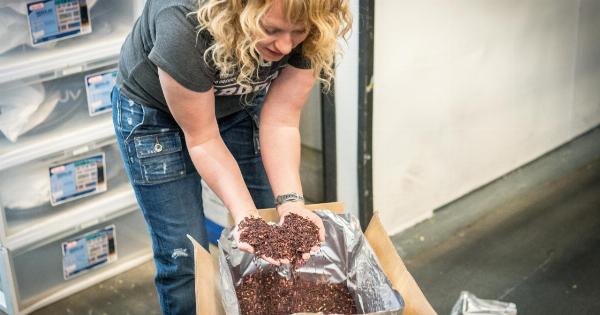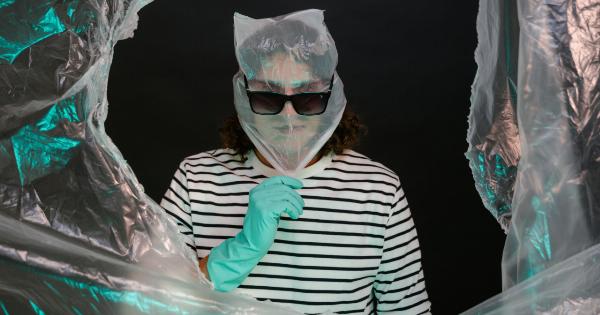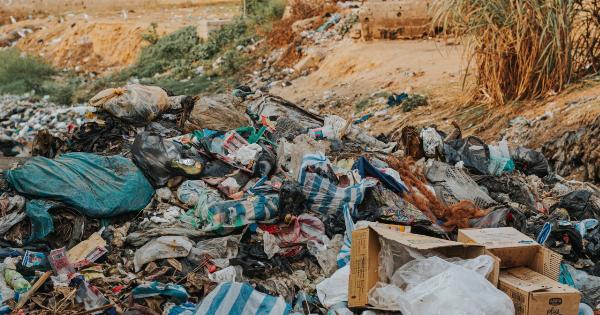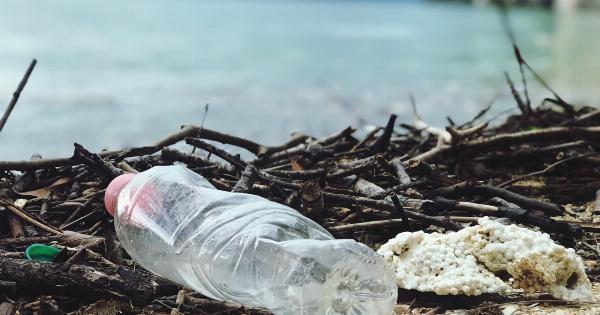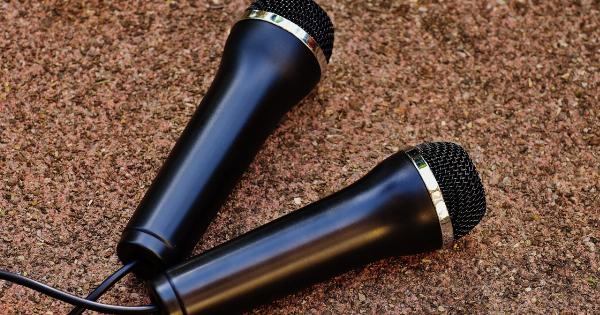Have you ever thought about what’s hiding in your morning cup of coffee? While we might not realize it, our daily routines can have a profound impact on our environment.
One of the issues that have been making headlines in recent years is the presence of microplastics in our oceans, but did you know that these tiny particles can also be found in your coffee?.
What are microplastics?
Before we dive deeper into the topic, let’s first define what microplastics are. These are tiny particles of plastic, usually smaller than 5 mm in size.
They can come from a range of sources, from cosmetics, to clothing fibers, to broken-down plastic waste. Because they are so small, they are difficult to detect and can easily end up in our waterways and oceans, where they can cause serious harm to marine life and ecosystems.
How do microplastics get into coffee?
So how do microplastics get into our morning cup of joe? There are actually a few different ways this can happen. One of the most common ways is through the use of plastic coffee pods.
While convenient, these pods are not often recycled and can end up in landfills or oceans where they break down into microplastics. In addition to coffee pods, plastic utensils, stirrers, and straws can also contribute to the problem.
Another way that microplastics can end up in our coffee is through the brewing process itself.
Many coffee filters are made from paper that has been treated with plastic, and when hot water is poured over them, tiny particles of plastic can be released into the coffee.
What are the health implications of consuming microplastics?
With the presence of microplastics in our coffee, many people wonder what the health implications of consuming them might be.
While it is still unclear exactly what the long-term effects might be, early studies have shown that microplastics can cause damage to internal organs. They have also been found to contain chemicals that can be harmful to human health.
What can we do to reduce the presence of microplastics in our coffee?
Despite the alarming presence of microplastics in our coffee, there are steps we can take to reduce the amount that we consume. For one, we can switch to reusable coffee pods and utensils.
By using these products, we can limit the amount of plastic waste that we generate, which can, in turn, help to reduce the presence of microplastics in our environment.
Another way we can reduce the presence of microplastics in our coffee is by choosing paper coffee filters that are free from plastic or opting for metal or cloth filters instead.
By doing so, we can limit the amount of plastic that is released into our coffee during the brewing process.
Finally, we can all play a role in reducing the amount of plastic waste that ends up in our environment.
By properly recycling plastic waste and reducing our overall consumption of single-use plastics, we can help to limit the amount of microplastics that end up in our waterways and oceans.
In Conclusion
The presence of microplastics in our coffee is an issue that we should all take seriously.
By making small changes in our daily habits and choices, we can make a big difference in reducing the amount of plastic waste that we generate and the impact it has on our environment. So the next time you reach for your morning cup of coffee, remember the impact that your choices have on the world around us.

